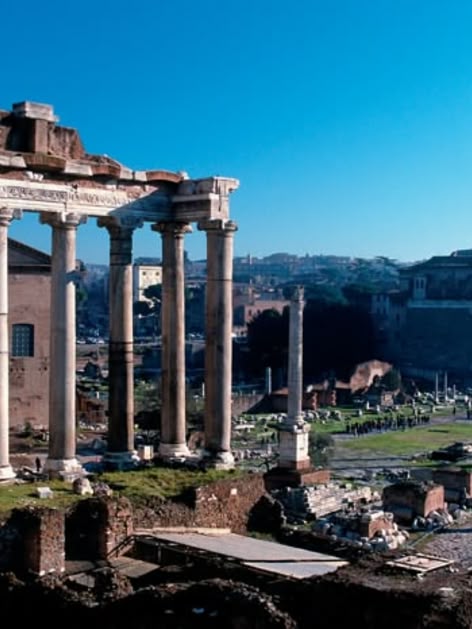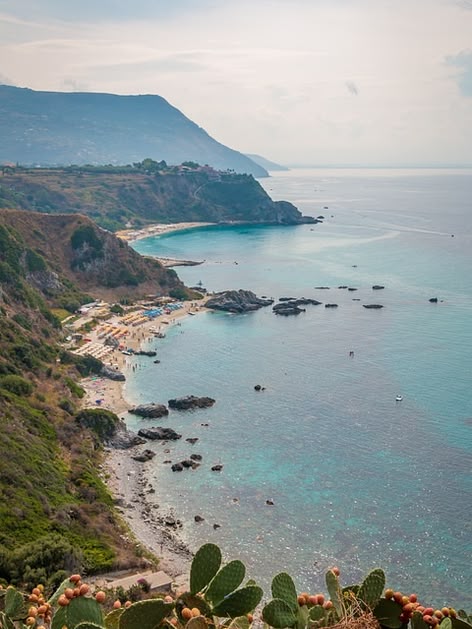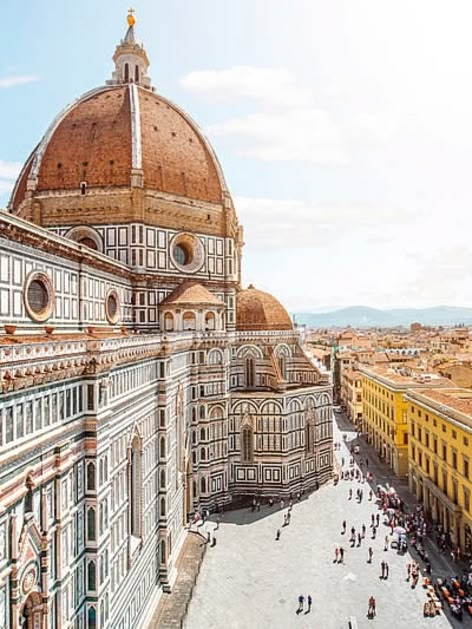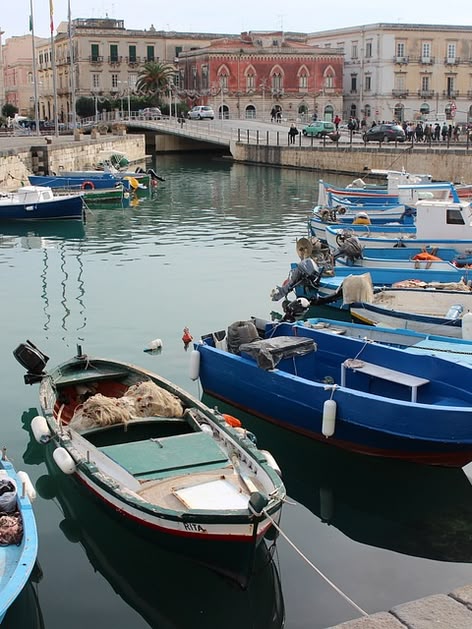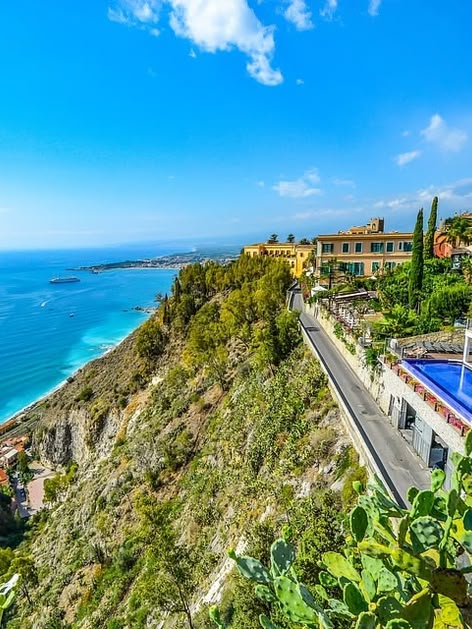Learn Italian in Italy
Bridge ancient heritage with contemporary flair - learn Italian!
Italian is more than just the official language of Italy; it plays a key part in the cultural landscape and historical heritage of Europe. Spoken by millions, Italian is pivotal in the realms of fashion, culinary arts, and engineering, making it indispensable for professionals engaging with Italy's influential markets.
Engage directly with locals and fellow international learners, experiencing Italy's famed food, history, art and traditions up close. Every day in Italy is an immersive educational experience, fostering understanding of both the language and their celebrated lifestyle. Engaging with the Italian society to this extent provides more than accelerated language learning; it fosters a deep insight into the culture, helping you to navigate spoken or written exchanges proficiently, in a natural way and at ease.
We are here to support every student. Whatever your aims, whether you're looking to expand your educational horizons or advance your career, our programs are designed to seamlessly integrate you into university life or the global job market.
Begin your language journey with Italian at Languages Abroad today!
Where to study Italian in Italy?
Our Path to Italian Fluency
Find your level
Complete beginner or advanced student?
All proficiency levels from A1 to C1 are welcome to start a course with us!
Find your aims
We offer a range of standard, intensive and private language courses for university, business and exam preparation.
Find your home
Immerse yourself culturally with homestay options or enjoy the freedom of self-catering accommodations.
Find your future
Your new, hard-earned language skills will open new doors as you discover the next steps on your journey.
Testimonials: Live & Learn Italian

"Overall my experience was amazing. I stayed with possibly the kindest family in all of Florence. When I was initially very homesick, my host mother was extremely kind to me and really helped me to feel at home. The classes were very pleasant and upbeat. It was a mixture of necessary exercises and embracing conversation. I was very glad that the teachers did not use English because it really forced me to focus on understanding.
Overall, this experience was a great opportunity to get in touch with myself and really learn how to be independent. The service provided my Languages Abroad was very thorough and hassle free. I didn t have to worry about anything during the trip because it was so well planned."
(Michelle, age 17)
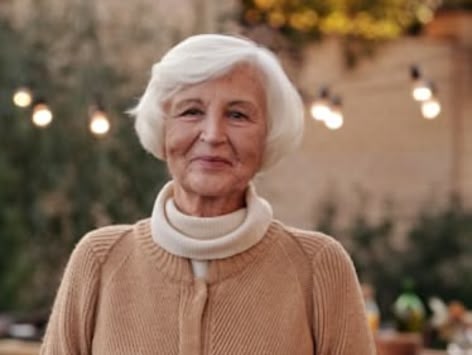
"I found the responsiveness of the staff of Languages Abroad to my many questions prior to booking the course to be helpful and excellent. The literature and information provided is very comprehensive.
The course was excellent. The staff are well prepared to deal with a diverse group of language learners from many countries. They use a variety of teaching methods which makes learning very pleasant and even fun. The classes are kept small so that the learners can easily participate. I would highly recommend the school. I am inspired to continue with learning the Italian language back here in Toronto. '' (Eleanor, age 72)
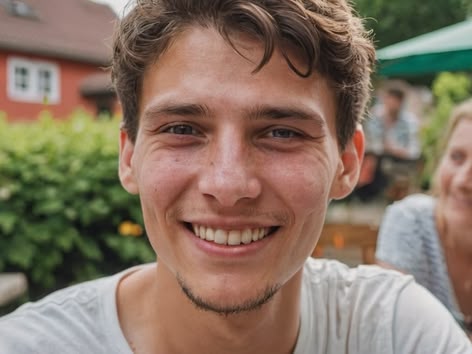
"Once again, I had a wonderful experience studying Italian abroad. The teachers were great, the city was beautiful, and my fellow students were a blast to spend time with. The location was great, and my landlady was wonderful. Overall, however, I had a positive experience with the school, and would definitely return. I ve taken two trips to Italy with Languages Abroad, and both were wonderful experiences that I will never forget. Not only were my teachers great, but years later I am still in contact with students around the world, who I shared only a couple of weeks with. It s a great way to explore beautiful cities, meet new people, have a wonderful vacation and learn a beautiful language.''
(Gabriel, age 29)
Best Podcasts to learn Italian
ItalianPod101 - by Innovative Language
Level: Absolute Beginner to Advanced
- Huge library of bite-sized lessons sorted by level and theme
- Covers key vocabulary, grammar explanations, and daily conversations
- Mix of slow and natural-speed audio to train listening comprehension
Perfect for: Learners who want flexible lessons tailored to their level, with lots of audio and video resources and cultural insights built in.
Learn Italian with Lucrezia - by Lucrezia Oddone
Level: Intermediate to Advanced
- Hosted by a native Italian speaker from Rome
- Episodes cover daily life in Italy, language tips, and cultural insights
- Natural speed with clear pronunciation, often spoken entirely in Italian
Perfect for: Learners looking to immerse themselves in authentic Italian speech and culture with a warm, engaging host.
FAQs about learning Italian abroad
The most efficient way to learn Italian is through a combination of structured learning, immersive experiences, and consistent practice. Begin with a language course to build a strong foundation in grammar, vocabulary, and pronunciation.
Immerse yourself in the language by watching Italian movies, listening to music or podcasts, and reading Italian books or articles to enhance your listening and comprehension skills. Speaking is key, so engage with native speakers through language exchange programs, conversation groups, or by visiting Italy for real-world practice.
Dedicate time every day to speaking, listening, and reviewing new vocabulary. Focus on practical phrases to handle everyday situations, and try to think or label items around you in Italian. Consistency, exposure, and a mix of formal and informal practice make learning Italian faster and more enjoyable.
While 3 months may not be enough to achieve full fluency in Italian, it is sufficient to build a solid foundation and develop basic conversational skills. With consistent daily practice, an intensive course, and immersion, you can learn essential vocabulary, grammar, and phrases to communicate effectively in everyday situations. Watching Italian movies, listening to podcasts, and practicing with native speakers can significantly boost your progress. By the end of 3 months, you can expect to reach an A1 or A2 level, allowing you to handle simple conversations and navigate common scenarios in Italian. Dedication and regular practice are key!
Contact us
We're here to help you on your Italian language learning journey!
Questions about our courses? Need assistance with enrollment? Interested in finding out more about our programs?
Our friendly team is more than willing to assist you.
Contact us by clicking the link below and filling out our contact form.
We promise a prompt and helpful response to all your inquiries.

